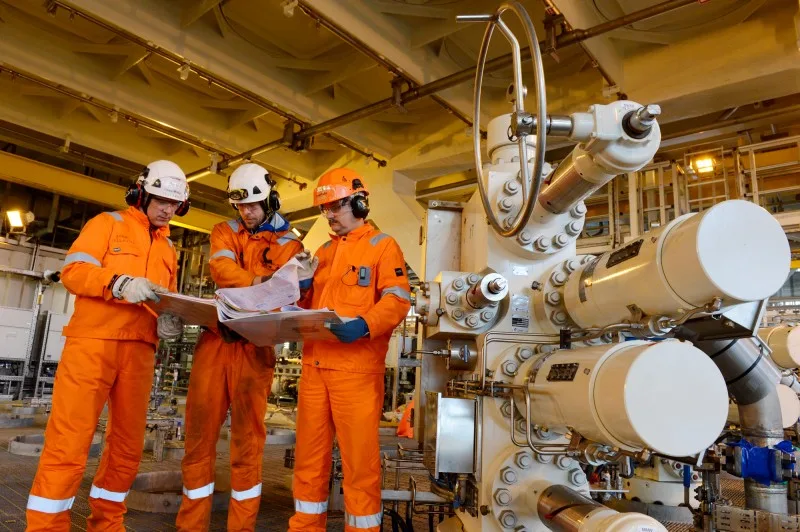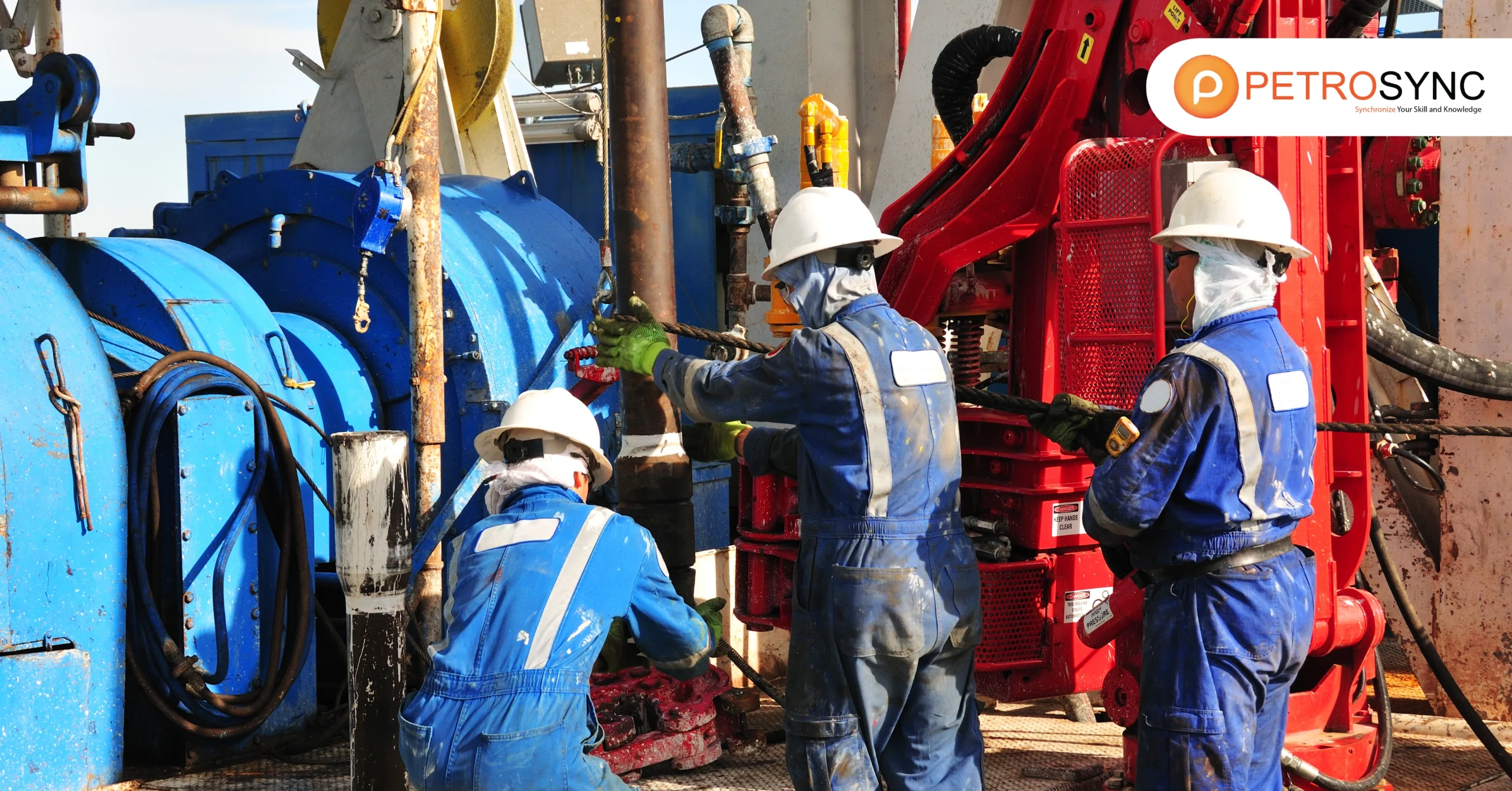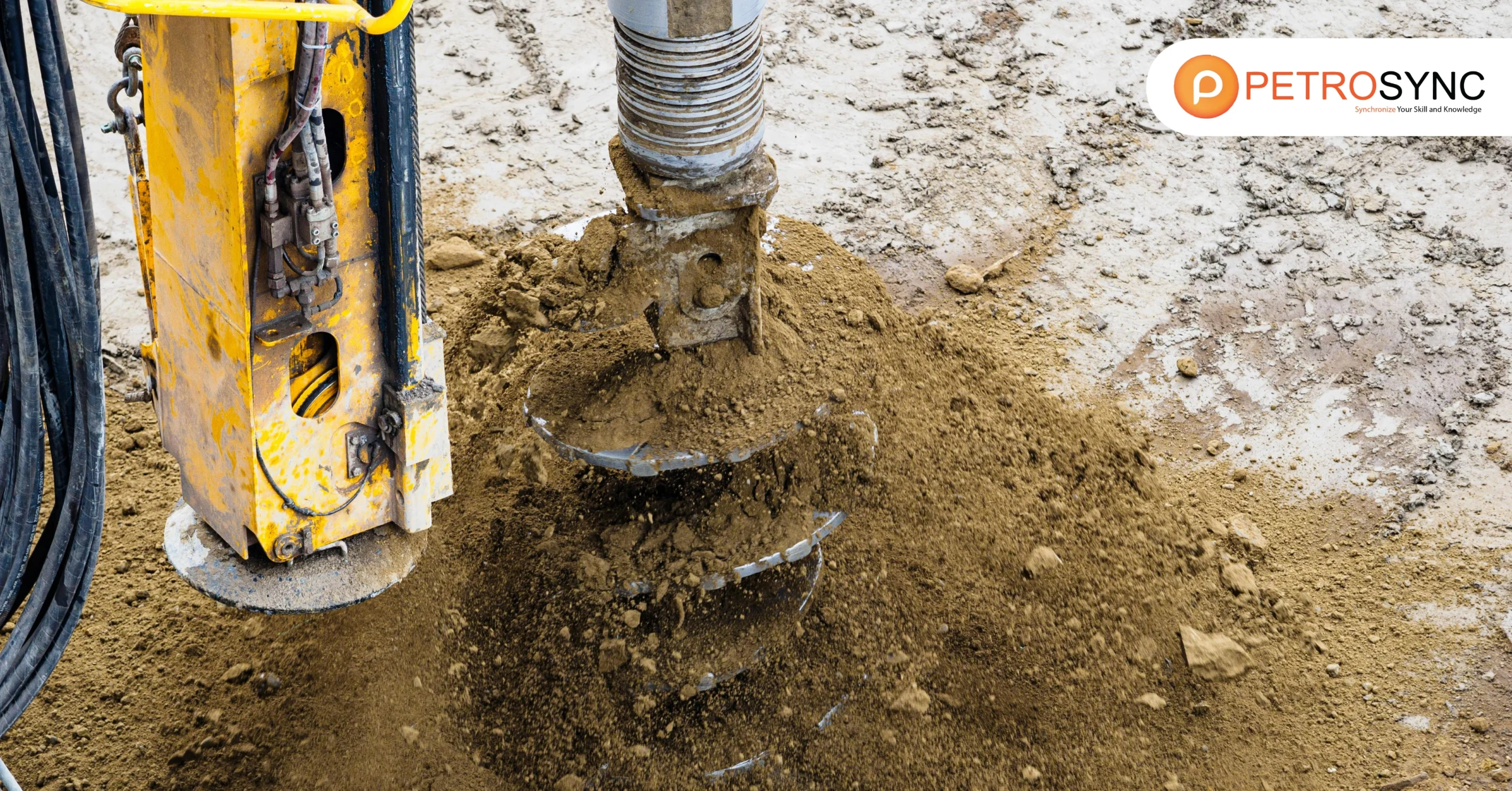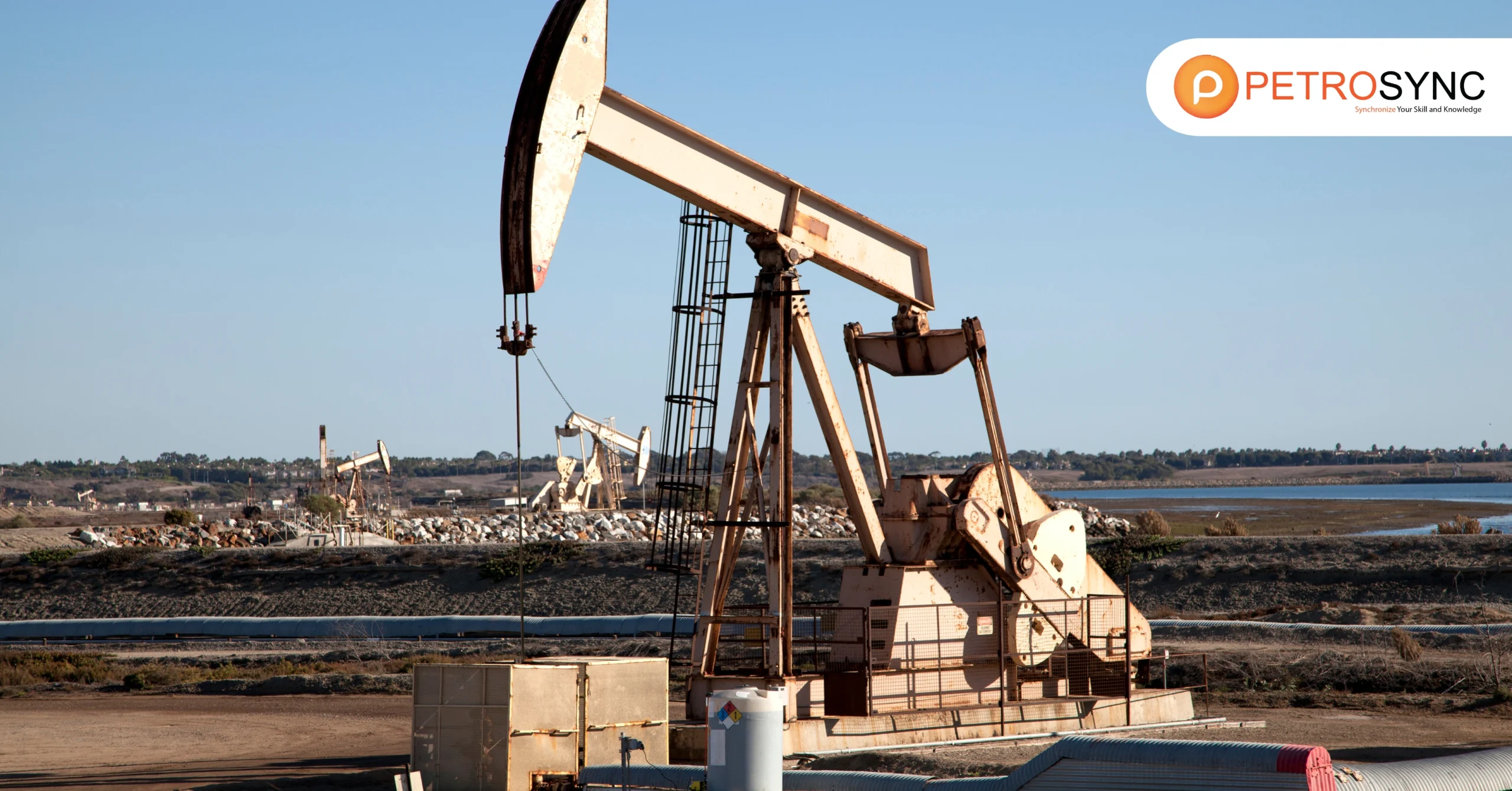In the world of oil and gas extraction, drilling stands as a fundamental activity. It’s the process by which wells are created to access underground reservoirs of oil or gas. In this article, we will delve into the essential knowledge and key principles behind drilling operation for oil wells. You will gain a clear understanding of what drilling entails, the techniques involved, and why it’s such a crucial component of the industry. By the end, you will have a solid grasp of the foundational concepts that underpin oil and gas exploration and production.
What Is Drilling?
Drilling is a cutting process where a drill bit is spun to cut a hole of circular cross-section in solid, used to create holes or wells in the earth’s surface for various purposes such as extracting oil and gas, mining minerals, or accessing water sources. It involves using specialized equipment to bore through layers of rock, soil, or other materials to reach the desired depth.
Drilling is essential in industries like oil and gas extraction, construction, mining, and geothermal energy production. It requires careful planning, skilled operators, and adherence to safety protocols to ensure successful outcomes.
When it comes to the oil and gas industry, drilling is done to find and extract oil and gas from underground reservoirs. First, geologists study the ground to locate potential reservoirs. Then, drilling rigs are used to dig deep holes, equipped with special tools. These tools, like the drill bit, cut through rock and other materials to reach the oil or gas.
During drilling, fluids are pumped to help cool the equipment and bring up rock pieces. Structures called casing are also installed to support the hole. Drilling operation can be done in different ways depending on the type of well needed. It’s a complex process that needs careful planning, technology, and skilled workers. Overall, drilling is the first step to getting oil and gas out of the ground for use.
How Many Types of Oil Drilling in The Industry?
In essential, there are two types of oil drilling:
1. Onshore Drilling:
Onshore drilling, as the name suggests, involves drilling for oil on land. This type of drilling is typically conducted in areas where oil reserves are accessible from the surface, such as deserts, plains, or forests. Onshore drilling operations begin with the selection of a drilling site based on geological surveys and data analysis to identify potential oil reservoirs.
Once the site is chosen, drilling rigs are transported and set up on land. These rigs can vary in size and complexity, depending on the depth and complexity of the drilling operation. The drilling process involves inserting a drill bit attached to the bottom of a drill string into the ground and rotating it to cut through layers of rock and sediment to reach the oil-bearing formations below.
Drilling fluids, also known as mud, are circulated down the drill string to lubricate the drill bit, cool the equipment, and carry rock cuttings to the surface. As drilling progresses, steel casing is installed into the wellbore and cemented in place to provide structural support and prevent collapse.
Once the target depth is reached, the well undergoes evaluation and testing to assess its potential productivity. If the well is deemed commercially viable, it undergoes completion, where additional equipment is installed to prepare it for production.
2. Offshore Drilling
Offshore drilling involves drilling for oil in bodies of water, such as oceans or seas. This type of drilling presents unique challenges due to the marine environment, including harsh weather conditions, deep water depths, and the need for specialized equipment and technology.
Offshore drilling rigs are typically stationed on platforms or vessels positioned over underwater oil reserves. There are several types of offshore drilling platforms, including fixed platforms, compliant towers, semi-submersible platforms, and drillships, each suited for different water depths and environmental conditions.
The drilling process offshore follows a similar procedure to onshore drilling, with the main difference being the location and setup of the drilling rig. Drilling fluids are circulated down the drill string to lubricate the drill bit and carry rock cuttings to the surface. Additionally, offshore drilling may involve directional drilling techniques to reach oil reservoirs located beneath the seabed.
Once the well is drilled to the target depth, it undergoes evaluation and testing, followed by completion if deemed economically viable. Offshore drilling operation requires stringent safety measures to mitigate environmental risks and ensure the safety of personnel working on the rig.
How Is The Risk of Offshore and Onshore Drilling?
The risk of both offshore and onshore drilling begins from the very beginning, when companies search for natural resources and decide where to drill. In exploration, seismic vibrations are used to locate deposits. On land, heavy machinery or explosives create vibrations, while offshore, sound blasts create them.
After mapping the area, exploratory wells are set up to find the best source. This stage involves intensive construction and can face unexpected challenges, leading to the abandonment of wells that aren’t financially viable. If the flow and production data seem promising, the exploratory well transitions into a development well, leading to increased construction, expanded sites, and a larger workforce.
Transportation becomes crucial for all logistics during this phase. Wells can vary from single vertical ones to complex directional or horizontal wells. While some wells can rely on natural pressure for flow, others need external force to extract oil or gas from underground. The key difference between onshore and offshore drilling is the location: onshore drilling targets resources beneath the earth’s surface, while offshore drilling targets resources beneath the ocean’s seabed.
How Is The Oil Drilling Process?
The oil drilling process involves several steps, each essential for accessing and extracting oil from underground reservoirs. Here’s how it typically unfolds
1. Site Selection
Before drilling operation begins, geologists and engineers carefully select the drilling site based on geological surveys and data analysis. They aim to identify areas with the highest potential for oil reserves.
2. Rig Setup
Once the site is chosen, drilling rigs are transported and set up. These rigs are equipped with a variety of specialized equipment and machinery needed for drilling operations.
3. Drilling Commences
The drilling process starts with the insertion of a drill bit attached to the bottom of a long drill string. The drill bit rotates rapidly, powered by the rig’s machinery, and cuts through layers of rock and sediment to reach the oil-bearing formations below.
4. Circulation of Drilling Fluids
Throughout the drilling process, drilling fluids, also known as mud, are continuously circulated down the drill string and back up to the surface. These fluids serve multiple purposes, including lubricating the drill bit, cooling the drilling equipment, and carrying rock cuttings to the surface.
5. Installation of Casing
As drilling progresses, sections of steel pipe called casing are inserted into the wellbore and cemented in place. Casing provides structural support to prevent the wellbore from collapsing and helps isolate different layers of rock and fluid within the well.
6. Reaching Target Depth
Drilling continues until the target depth, where oil-bearing formations are expected to be found, is reached. This depth can vary significantly depending on the geological characteristics of the area.
7. Evaluation and Testing
Once the target depth is reached, various tests and evaluations are conducted to assess the potential productivity of the well. This may involve logging tools to measure properties of the rock formations, as well as sampling fluids to analyze their composition.
8. Completion and Production
If the well is deemed commercially viable, it undergoes completion, where additional equipment such as production tubing, pumps, and valves are installed. Once completed, the well is ready for production, and oil can be extracted from the reservoir and brought to the surface for processing and distribution.
Overall, the oil drilling process is a complex and carefully orchestrated operation that requires expertise, precision, and attention to detail at every stage.
In conclusion, drilling in the oil and gas industry is a complex yet vital process that involves significant risks and challenges at every stage, from exploration to production. Despite the challenges, successful drilling operations are essential for accessing and extracting valuable oil and gas resources that fuel our world’s energy needs. Through careful planning, advanced technology, and skilled personnel, the oil and gas industry continues to innovate and adapt to meet the demands of an ever-changing energy landscape.
As you think about your role in the oil and gas industry, it’s important to understand the value of continuous learning and skill development. PetroSync offers various training programs focused on upstream operations and drilling-related topics. These courses are designed to help engineers like yourself gain the knowledge and expertise needed for success.
By participating in drilling training with PetroSync, you will learn about the latest technologies, industry best practices, and emerging trends. Whether you want to expand your skills, stay updated with industry advancements, or improve your job performance, PetroSync’s training programs provide valuable opportunities for growth. Invest in your future by enrolling in PetroSync’s drilling training today and take your career to the next level in the oil and gas industry.
Credit: Conoco Phillips

SEO specialist by day, fact-checker by night. An avid reader and content writer dedicated to delivering accurate and engaging articles through research and credible sources.






